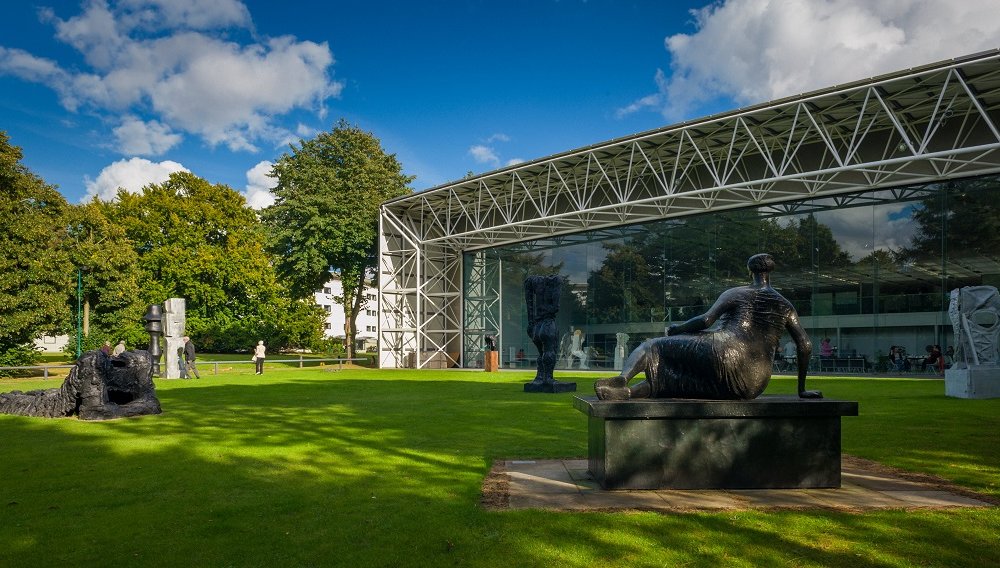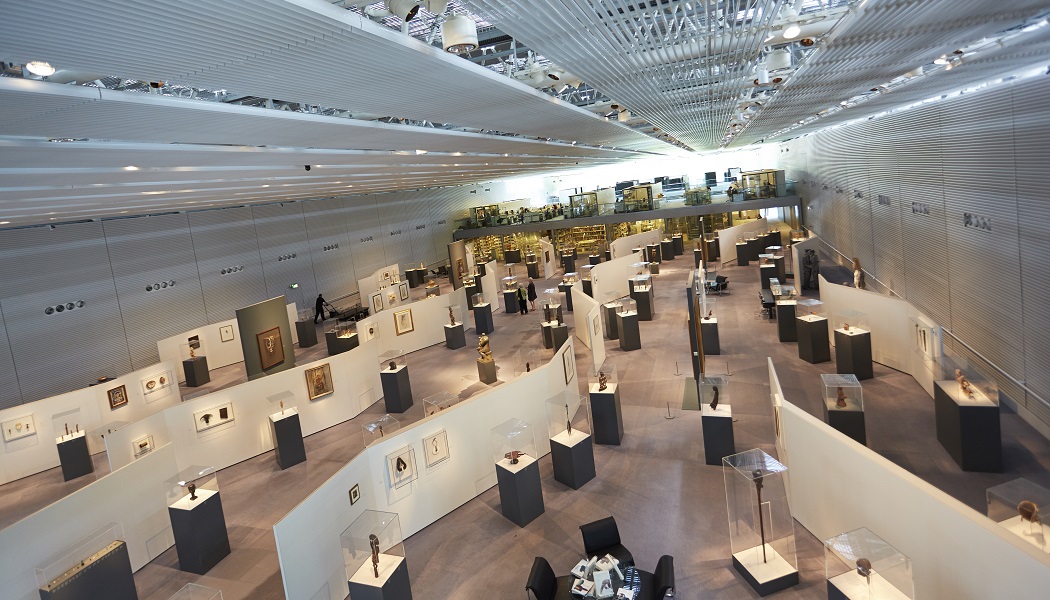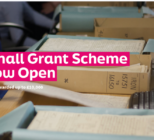With Andrew Lovett, chair of the Association of Independent Museums, telling Advisor that attractions across the UK are “struggling to see a route out of this crisis, even once the lockdown is lifted”, it’s understandably hard to find huge supplies of optimism in the sector.
The lockdown and subsequent economic strife will undoubtedly hit independent museums hardest, due in no small part to their heavy reliance on visitor revenues to survive.
This previously accepted norm has long been a ticking timebomb in the eyes of Mary Rose Trust CEO Helen Bonser-Wilton, who says the current crisis has “shined a light on an endemic problem which we’ve struggled to get people to listen to before now”. Regardless of the extent to which the fiscal impacts of Covid-19 bite, the discussion around diversifying income streams is now unavoidable.
Museums with a lower reliance of ticket sales and commercial incomes have fared better so far in lockdown, but with success equating to probable survival the bar is very low.
One site that has benefited from the diversity of its income streams is the Sainsbury Centre for Visual Arts in Norwich. Due in no small part to this, the arts venue has been lucky enough to keep the majority of its team employed – with only front of house and visitor services staff having been furloughed.

Being able to keep many staff on board has enabled the centre to quickly adapt its education offering for online audiences and also accept an invitation to appear in the BBC’s Culture in Quarantine series. Both have been invaluable in keeping the institution visible during this tempestuous time.
The Sainsbury Centre’s acting director, Ghislaine Wood, is hugely grateful to have avoided the immediate peril facing many of the nation’s cultural attractions. “Many other museums have had to take terrible decisions, whether that’s redundancies or not taking new staff on,” she notes.
“Our income streams have nevertheless been really impacted. We are perhaps a little bit better off than some other museums in the sense that we do have some of our funding streams that are protected; mainly our Gatsby Foundation support. That has meant we don’t have to look at redundancies – but that’s only the case at this point. It all depends how long this lockdown goes on.”
Lessons learned
The Sainsbury Centre’s head of learning discusses how and why the institution decided what content to make available online during Covid-19 lockdown.
An experience familiar to almost every museum at present, all the Centre’s self-generated income has evaporated since the pandemic took hold. “We generate around a quarter of our income. That’s where we’ve really been hit during lockdown, with exhibition ticket sales, our online shop, memberships all been completely wiped out,” Wood tells Advisor.
Further discussing the Centre’s funding model, she explains: “We have quite a diverse funding stream, but we don’t receive any national grants and aid funding, nor do we receive any Arts Council support. Our funding is derived from various charitable foundations along with UKRI funding.”

In addition to this, around 15% of the Centre’s revenue comes direct from the University of East Anglia, which hosts the Norman Foster-designed arts venue on its campus. The university also covers maintenance and renovation costs. In light of a stark financial picture in the higher education sector, the security of this generous backing is no longer a given.
An open letter from university bosses to MPs insisted that “without government support, some universities would face financial failure, others would come close to financial failure and be forced to reduce provision”.
Subsequent calls for the UK Government to bail universities out to the tune of at least £2 billion were rejected, but new proposals – expanding the number of students universities can accept – have been announced to try and mitigate the damage.
What happens to the UEA’s finances will be unavoidably linked to the Sainsbury Centre’s fate. “The university is going to be very substantially hit, both in this financial year and the next,” Wood notes. “There will inevitably be some knock-on for us, but we aren’t sure what that will be yet.”

Following this uncertainty, the Centre has already begun tightening its purse strings. “We’ve really had to scrutinise our programme next year,” Wood acknowledges, “while also maintaining our commitment to bring the very best national and international exhibitions to Norwich. The question now is how we do that on a much-reduced budget”.
With its major Art Deco by the Sea exhibition – the subject of a BBC Arts behind-the-scenes tour – extended until the autumn, the priority is now to get visitors back to the Centre as soon as it’s safe to do so. One boost in pursuit of this goal is the venue’s spacious design, the acting director notes; making it ideally suited to timed entries as a social distancing measure.
Pre-sold tickets have been either refunded or postponed and memberships have been frozen, with extensions being implemented once lockdown is at an end. “It’s crucial in terms of good will,” Wood says of the efforts to ensure supporters don’t feel short-changed and want to return at the earliest possible juncture.











